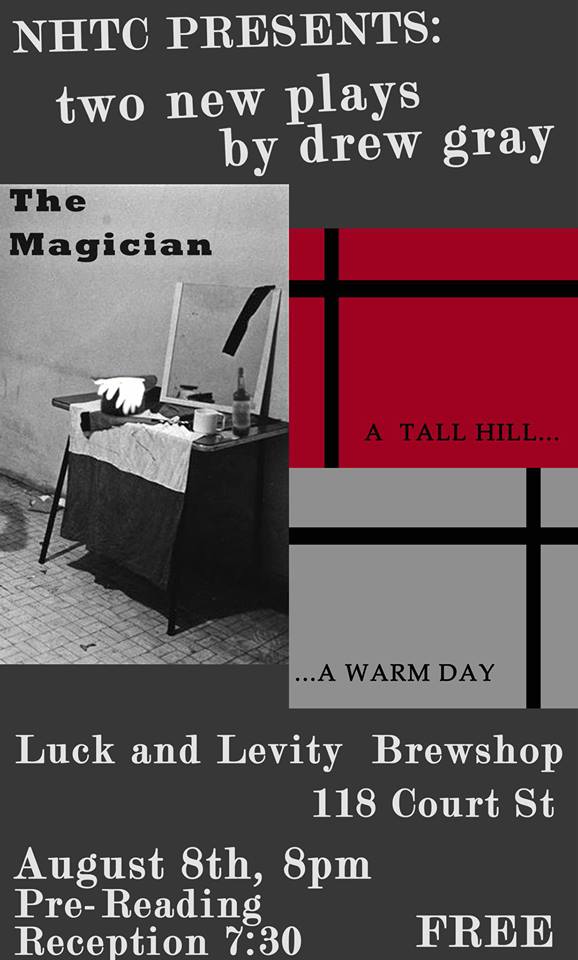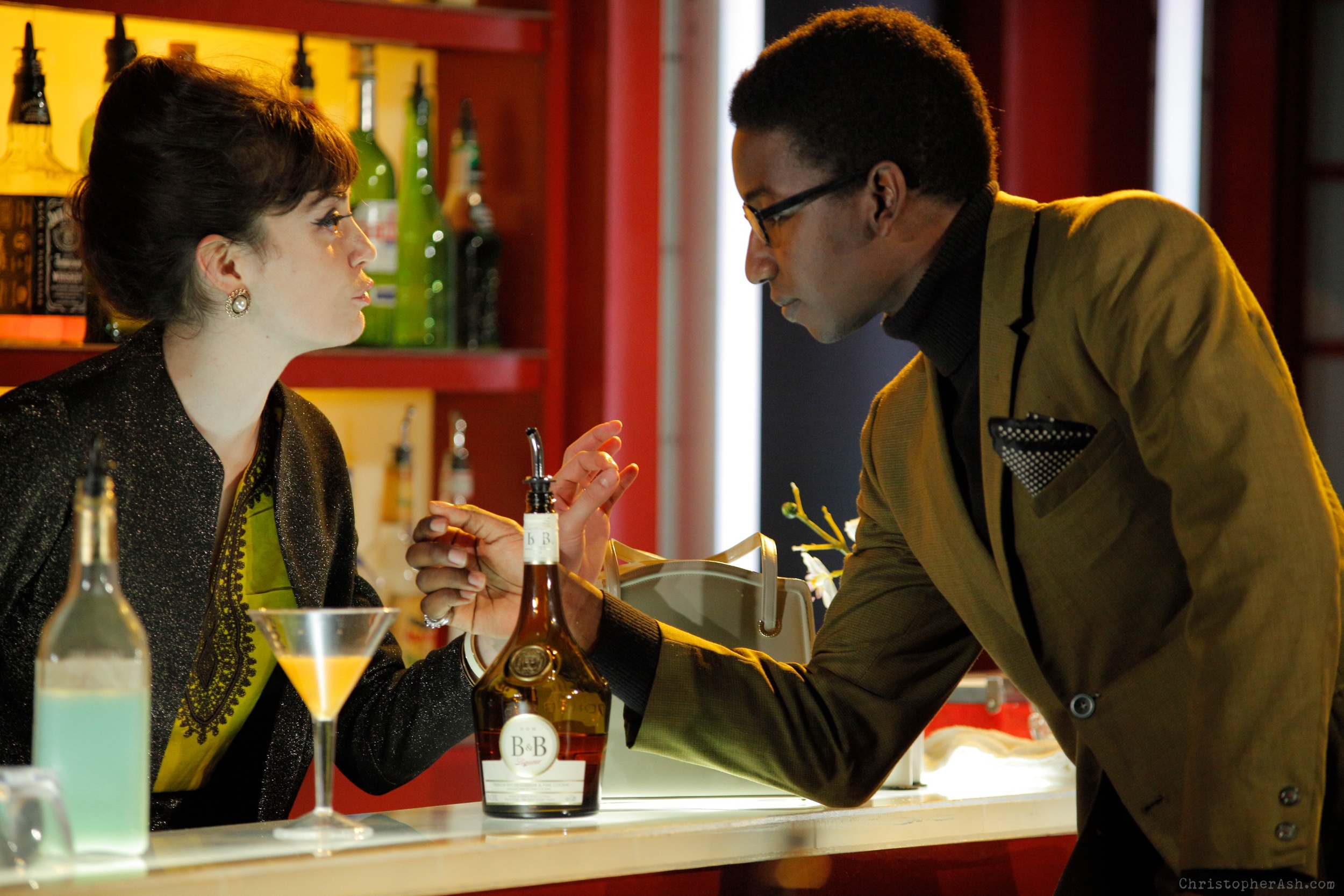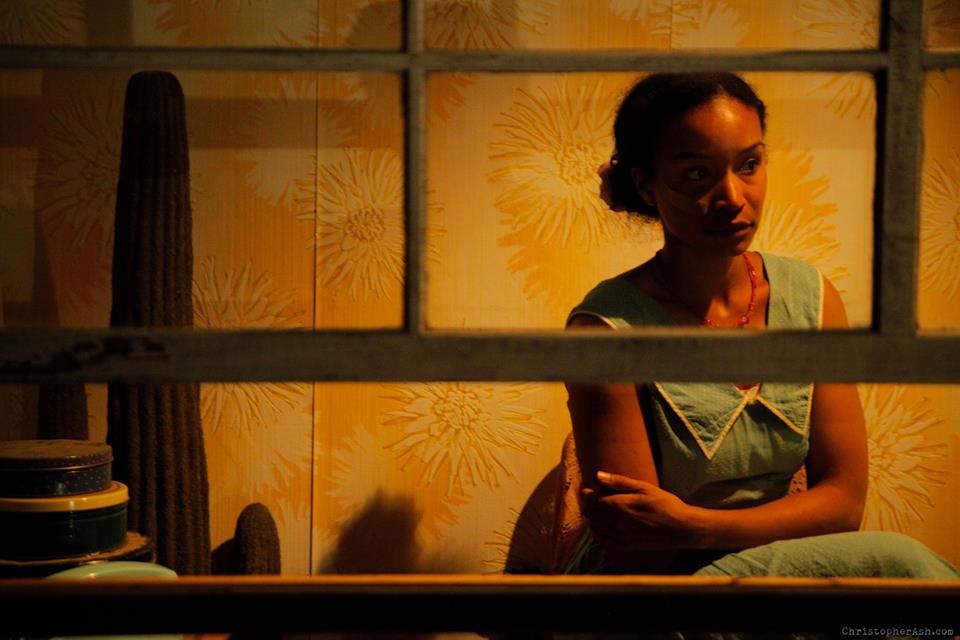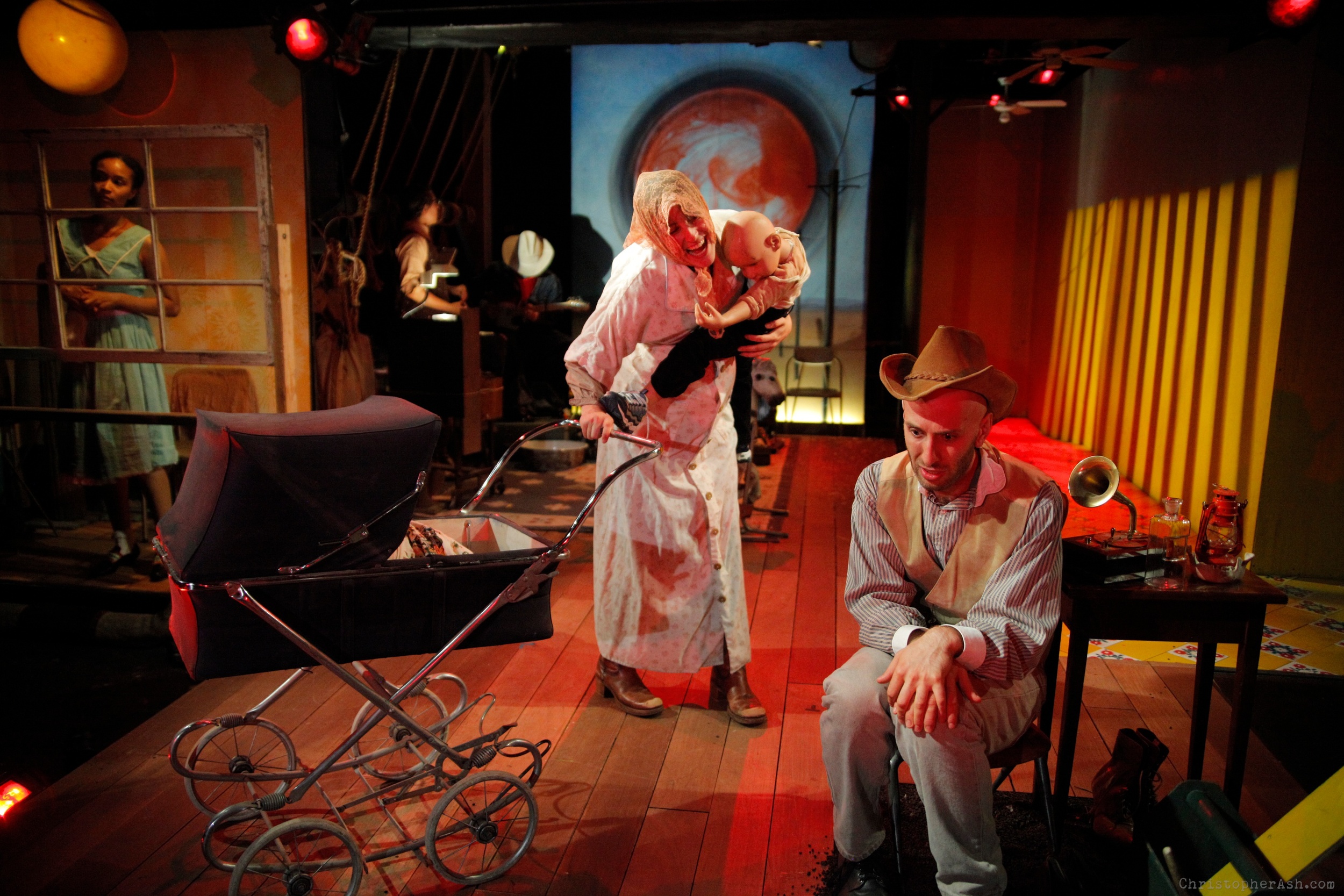In the Summer 2013 edition of NHR, Noah Charney describes his decision to create and read through a “playlist” of 30 great short stories, written in English. Here on the website, we will be posting his reflections on each of the stories in turn. For the full list, see the essay “Story Playlist.” Noah welcomes comments on his comments, and feel free to suggest other stories that might be included.—Eds.
Ambrose Bierce: “An Occurrence at Owl Creek Bridge” (1890)
It is always difficult to write about a work, particularly a short work, without including spoilers. This is no exception.
If you’ve not read “An Occurrence at Owl Creek Bridge,” you should really put this down, go read it, and then come back. The story is only about 3,000 words long, but packs a wallop into its few pages. You’ll want to read it twice. I know I had to.
We love magic tricks, whether in film or fiction. Bierce’s “An Occurrence at Owl Creek” provides just such a magic trick, in the flip in its final line. Something happens in the last line that reverses our expectations and prompts us to immediately read the story again, to make sure that we understood the ending correctly, and also to check that the author did not “cheat.”
When it works, the “flip” is a hugely popular author’s trick, akin to an illusionist’s sleight-of-hand. Think of a film like The Sixth Sense, or take The Usual Suspects.
The first 9/10ths of Bryan Singer’s film, written by Christopher McQuarrie, leads us to think of the quasi-legendary criminal known as Kaiser Söze as a powerful, charismatic strongman, whose story is being hesitatingly told by Roger “Verbal” Kint (Kevin Spacey), a hunched, stuttering, limping low-man-on-the-totem-pole of criminal life, crippled by cerebral palsy. It seems that the haughty detective interviewing Kint has bullied him into confessing the truth, and is in complete control of the interview.
The great pleasure at the end of that film is when we suddenly realize, in tandem with Detective Dave Kujan (Chazz Palmintieri), that in fact Kint has been controlling the interview, cobbling together on the fly a plausible story, using words and names that he sees scattered around the detective’s office to weave a web of fiction. Detective Kujan realizes this too late, as Kint is already out of his office and on his way to disappearing from the law’s reach. The director then lets us in on one further secret that some of us may already have guessed: Kint is not an invalid at all. He is, in fact, Kaiser Söze.
As soon as I finished watching The Usual Suspects the first time, I immediately had to watch it again. I wanted both to see if I had understood it correctly, and to ensure that I had been legitimately fooled by the flip at the end. Was there enough foreshadowing of the ending? Absolutely. The film is laden with clues, once we know what to look for. The flip is honest, and brilliant. It takes an absorbing crime film and makes it an ingenious one.
This first thing I did, upon reading Ambrose Bierce’s “An Occurrence at Owl Creek Bridge” was to double-check the publication date. That’s right, 1890. The story feels so modern—had it been published in 1990, I would not have been surprised. And that’s largely because of the “quick-cut” of Bierce’s flip.
Here’s the story: During the American Civil War, a southerner named Peyton Farquhar is about to be executed by hanging, for a failed attempt to sabotage a bridge near his Alabama home. As he is about be hung from Owl Creek Bridge, Farquhar looks down at the river below and imagines his escape. If only he could free his hands, he could slip the noose off his neck and dive into the river, evading the bullets of the soldiers standing guard.
Farquhar’s mind then leaps back to before his arrest. While making conversation with a soldier dressed in Confederate grey, Farquhar had learned that the Union Army would shortly try to cross a railroad bridge near his home, and that the bridge might be sabotaged by burning the driftwood that had gathered around the pylons supporting it. In a miniature flip—one that might cause us to question appearances—Bierce tells us that, while appearing to Farquhar to be a Confederate, the soldier was actually a Union scout in disguise. With that, we can put two and two together and understand that Farquhar, who had been itching to help the war effort, attempted the sabotage suggested by the enemy scout—and was caught in the process.
Back at the bridge, the plank on which he stands shifts, and Farquhar drops toward the river, the noose around his neck, his hands still bound.
Here Bierce freezes time and toys with our sense of perception. The world slows down, as Bierce describes everything that Farquhar feels and thinks in the few seconds of his freefall. Suddenly, Farquhar feels the noose snap tight, but his neck does not break. Before he is strangled, he feels the rope tear above him, and he plunges into the river. Perhaps implausibly, he manages to free his hands from the rope that binds them, while rising to the surface of the water, then dodges the first volley of bullets from soldiers. He then evades a cannonball fired at him and floats downstream and around a bend, just as a cannon-load of grapeshot pierces through the trees above him. He runs through the thick woods until, without knowing how he found his way, he is again at home, where he falls into his wife’s arms.
Had the story ended there, Bierce would have provided a wonderful adventure story, an escape from certain death and a homecoming, punctuated by the incredible realism of death (or near-death) in Farquhar’s mind. We see what he sees, feel what he feels, in an ultra-sensory experience marvelous in depicting the heightened clarity and subjective time-sense of Farquhar’s distress. “An Occurrence at Owl Creek Bridge” would still be remarkable, and deserve its place in all the classes that assign it as a great example of story-telling.
But Bierce provides us with one more treat, the aforementioned flip. Just as we see Farquhar return home, improbably escaping death and running to his wife’s arms, Bierce whops us on the head with this: “Peyton Farquhar was dead: his body, with a broken neck, swung gently from the timbers of the Owl Creek Bridge.”
The entire escape occurred in Farquhar’s mind in the seconds of his free-fall, before his death.
It is important that Bierce makes his last line its own paragraph. If it did not stand alone, distinct from the previous paragraph, we might be thoroughly confused. We need that ever-so-brief pause that comes between the end of one paragraph and the start of the next. That pause is a key tool, governing both time and space. The space indicates the end of one place, where Farquhar is alive, and another, where he is dead. And the time it takes for our eyes to navigate the blank space takes us out of one narrative, that is still going forward with the “happy-ever-after” of the Farquhars, and into another, where a life has ended.
What Bierce offers us is a complete reversal of what we expected to read next. That flip encourages us to return to the start of the story, to make sure that the flip was legitimate. In retrospect, there are a number of clues that should have given us pause, and made us wonder what was really happening: the improbabilities of surviving the drop with one’s neck in a noose, of the rope breaking, of being able suddenly to free one’s bound hands, of dodging rifle fire, of the cannon being fired at Farquhar when we were told it was trained on the bridge, not the river, of Farquhar finding his way home through the woods. And there’s the tease of the false-flip, when Farquhar imagines how he might possibly escape, while he still waits, bound, upon the bridge. We think we see an example of mind over matter, that what the hero imagines comes to pass, only to realize that life, in Bierce’s hands, doesn’t work that way.
In case we were in danger of misunderstanding the situation, Bierce’s last line specifies that Farquhar suffered a “broken neck,” so there can be no confusion as to whether the last line could be the start of his surprise escape—it is, in fact, the end of it.
Games with time are popular now, as seen in films like Memento and Donny Darko, a film which uses a flip with time indebited to “An Occurrence.” Bierce showed his truly avant-garde prescience to write such a complicated yet hyper-realistic story more than a century ago.
The end of Bierce’s life might have been inspired by one of his stories. A renowned journalist for a variety of San Francisco newspapers, Bierce was covering the revolution in Mexico, accompanying Pancho Villa’s army as an observer, when he disappeared. Last noted in Chihuahua, he was never heard from again, his body never found. This mysterious disappearance has inspired a number of works of fiction and film, its suggestion of the uncanny worthy of an Ambrose Bierce story.









